Observability In Modern Microservices Architecture
- Ankush Madaan
- Blog
About
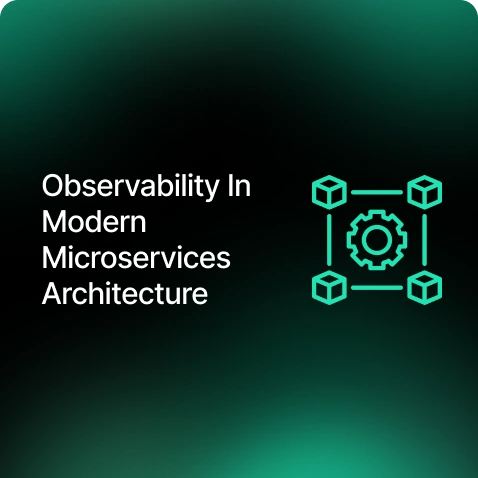
Industries
- Grafana, Microservices, New Relic, Observability
Share Via
Introduction
Observability in modern microservice architecture refers to the ability to gain insights into the system’s internal workings by collecting and analyzing data from various components. Observability in modern microservice architecture has become supreme in today’s dynamic software landscape. It extends beyond traditional monitoring, encompassing logging, tracing, and more to gain comprehensive insights into complex systems. As microservices, containers, and distributed systems gain popularity, so does the need for strong observability practices. However, with these advancements come challenges such as increased complexity, the distributed nature of microservices, and dynamic scalability. Gaining a comprehensive view of an entire application becomes challenging when it’s deployed across 400+ pods spanning 100 nodes distributed globally. In this blog, we offer some insights on these issues and some thoughts on the tools and best practices that can help make observability more manageable.
Observability Components
Monitoring
Monitoring is the continuous process of tracking and measuring various metrics and parameters within a system. This real-time observation helps detect anomalies, performance bottlenecks, and potential issues. Key metrics monitored include resource utilization, response times, error rates, and system health. Monitoring tools collect data from various sources such as infrastructure, application logs, and network traffic. By analyzing this data, teams can gain insights into the overall health and performance of the system.
Logging
Logging involves the systematic recording of events, errors, and activities within an application or system. Each log entry provides context and information about the state of the system at a specific point in time. Logging is essential for troubleshooting, debugging, and auditing system activities. Logs capture critical information such as user actions, system events, and errors, which are invaluable for diagnosing issues and understanding system behavior. Modern logging frameworks offer capabilities for log aggregation, filtering, and real-time monitoring, making it easier to manage and analyze log data at scale.
Tracing
Tracing involves tracking the flow of requests or transactions as they traverse through different components and services within a distributed system. It provides a detailed view of the journey of a request, helping identify latency, bottlenecks, and dependencies between microservices. Tracing tools capture timing information for each step of a request, allowing teams to visualize and analyze the performance of individual components and the overall system. Distributed tracing enables teams to correlate requests across multiple services and identify performance hotspots, enabling them to optimize system performance and enhance user experience.
APM
APM focuses on monitoring the performance and availability of applications. APM tools provide insights into various aspects of application performance, including response times, error rates, transaction traces, and dependencies. These tools help organizations identify performance bottlenecks, troubleshoot issues, and optimize application performance to ensure a seamless user experience.
Synthetic
Synthetic monitoring involves simulating user interactions with the application to monitor its performance and functionality. Synthetic tests replicate predefined user journeys or transactions, interacting with the application as a real user would. These tests run at regular intervals from different locations and environments, providing insights into application health and user experience. Synthetic monitoring helps in identifying issues before they affect real users, such as downtime, slow response times, or broken functionality. By proactively monitoring application performance from the user’s perspective, teams can ensure high availability and reliability.
Metrics Collection and Analysis
Metrics collection involves gathering data about various aspects of the system, such as CPU usage, memory consumption, network traffic, and application performance. This data is then analyzed to identify trends, anomalies, and performance patterns. Metrics play a crucial role in understanding system behavior, identifying performance bottlenecks, and optimizing resource utilization. Modern observability platforms offer capabilities for collecting, storing, and analyzing metrics in real time, providing actionable insights into system performance.
Alerting and Notification
Alerting and notification mechanisms notify teams about critical issues and events in the system. Alerts are triggered based on predefined thresholds or conditions, such as high error rates, low disk space, or system downtime. Notifications are sent via various channels, including email, SMS, and chat platforms, ensuring timely awareness of incidents. Alerting helps teams proactively address issues and minimize downtime, ensuring the reliability and availability of the system.
Benefits of Observability
Faster Issue Detection and Resolution
One of the key benefits of observability is its ability to identify bottlenecks early on. By offering a detailed view of individual services and the overall system dynamics, developers can quickly detect and diagnose issues like unexpected behaviors and performance bottlenecks, enabling prompt resolution.
Infrastructure Visibility
Infrastructure visibility involves actively monitoring the foundational components of a system, including the network, storage, and compute resources. This practice yields valuable insights into system performance and behavior, facilitating quicker diagnosis and resolution of issues. Rewrite in a professional way
Compliance And Auditing
Observability is super important for making sure businesses follow the rules and pass audits in their Kubernetes setups. It’s all about keeping careful records of what’s happening in the system, like keeping track of logs, traces, and metrics. These records help prove that the company is sticking to the rules set by the government and industry standards. Plus, they help spot any changes over time. During audits, these records are super handy for inspectors to check if everything’s running as it should be according to the company’s own rules and legal requirements. This careful way of keeping track doesn’t just show that things are going smoothly but also helps find ways to do things even better to keep following the rules.
Capacity Planning and Scaling
Observability is like a smart tool that helps businesses strike the perfect balance between having enough resources to handle their workload and not overspending on unused capacity. By adjusting the amount of resources they use based on real-time needs, they can save money while still delivering top-notch service. Plus, observability lets them peek into the past to see how many resources they’ve needed before, helping them plan for the future and avoid any surprises. It also shows them which parts of their systems are busiest and which ones aren’t as active, so they can manage their resources more effectively, saving cash and ensuring everything runs smoothly.
Improved System Performance
Additionally, observability contributes to performance optimization. It provides valuable insights into system-level and service-level performance, allowing developers to fine-tune the architecture and optimize resource allocation. This optimization incrementally enhances system efficiency.
Enhanced User Experience
Observability in a system, particularly within a microservices architecture, significantly contributes to an enhanced user experience. The ability to monitor, trace, and analyze the system’s behavior in real time provides several benefits that directly impact the overall user experience. This proactive identification of problems enables teams to address issues before users are affected, minimizing disruptions and ensuring a smoother user experience.
Best Observability Tool Features to Consider
There are some key factors to be evaluated while selecting an Observability tool. Evaluating the right observability tool is very critical, as these tools play a crucial role in ensuring the stability and reliability of modern software systems.
Alerting Mechanisms
Check out for tools equipped with notification capabilities that promptly inform you when issues arise, enabling proactive management of potential problems. The tool should provide a search query feature that continuously monitors telemetry data and alerts when certain conditions are met. While some tools offer simple search queries or filters, others offer more complex setups with multiple conditions and varying thresholds.
Visualization
Observability requires quickly interpreting signals. Look out for a tool featuring intuitive and adaptable dashboards, charts, and visualizations. These functionalities empower teams to efficiently analyze data, detect trends, and address issues promptly. Prioritize tools with strong querying capabilities and compatibility with popular visualization frameworks.
Data Correlation
When troubleshooting, engineers often face the need to switch between different interfaces and contexts to manually retrieve data, which can lengthen incident investigations. This complexity intensifies when dealing with microservices, as engineers must correlate data from various components to pinpoint issues within intricate application requests. To overcome these challenges, data correlation is vital. A unified interface automatically correlating all pertinent telemetry data can greatly streamline troubleshooting, enabling engineers to identify and resolve issues more effectively.
Distributed Tracing
Distributed tracing is a method utilized to analyze and monitor applications, especially those constructed with a microservices framework. It aids in precisely locating failures and uncovering the underlying reasons for subpar performance. Choosing an Observability tool that accommodates distributed tracing is essential, as it provides a comprehensive view of request execution and reveals latency sources.
Data-Driven Cost Control
Efficient data optimization is essential for building a successful observability practice. Organizations need observability tools with built-in automated features like storage and data optimization to consistently manage data volumes and associated costs. This ensures that organizations only pay for the data they need to meet their specific observability requirements.
Key Observability Tools
Observability tools are essential components for gaining insights into the health, performance, and behavior of complex systems. Here’s an overview of three popular observability tools: Elastic Stack, Prometheus & Grafana, and New Relic.
| Observability Tool | Category | Deployment Models | Pricing |
|---|---|---|---|
| Elastic Stack | Log management Data storage Visualization Scalability and flexibility | Self-managed (Basic) Self-managed Cloud | $95 onwards per month |
| Prometheus & Grafana | Logging Monitoring Dashboarding | Self-managed Cloud | Free Plan: 50 GB logs, traces and 10K metrics with 14 days retention. Pro Plan: $ 0.50 per GB ingested after free tier |
| New Relic | Distributed tracing Logging Monitoring Visualization Alerting | SaaS | Free up to 100 GB of data And $0.30 per GB ingested beyond |
| Jaeger | Distributed tracing Monitoring Troubleshooting | Instrumented in the application | Open Source |
| Datadog | Monitoring Analytics APM Infrastructure monitoring Log management | SaaS | APM: Starting at $31 per host per month Log management: Starting at $0.10 per GB per month Monitoring: Starting at $9 per host per month |
| Loki | Log aggregation Log storage Querying | Self-managed | |
| Splunk | Logging Infrastructure Monitoring APM | SaaS | |
| Dynatrace | APM Infrastructure Monitoring Distributed Tracing | Self Managed Saas |
The choice of an observability tool depends on specific use cases, system architecture, and organizational preferences. Each of these tools offers unique features and strengths, allowing organizations to customize their observability strategy to meet their specific needs.
Conclusion
Observability in modern microservice architecture is indispensable for adopting the complexities of distributed systems. By utilizing key components such as monitoring, logging, and tracing, organizations can gain valuable insights into system behavior. These insights not only facilitate faster issue detection and resolution but also contribute to improved system performance and enhanced user experience. With a pool of observability tools available, organizations can customize their approach to meet specific needs, ensuring the smooth operation of their microservices architecture.
Frequently asked questions
Observability in microservices architecture refers to the ability to gain insights into the internal workings of the system by collecting and analyzing various types of data, such as logs, metrics, traces, and events. This helps teams monitor the health, performance, and behavior of a distributed system, making it easier to detect issues and optimize performance.
Microservices architectures are often distributed and complex, making traditional monitoring insufficient. Observability provides the necessary tools to track system behavior, detect performance bottlenecks, understand inter-service dependencies, and troubleshoot issues quickly, ensuring the system runs efficiently and reliably.
The core components of observability include Monitoring (tracking system performance metrics), Logging (recording events and errors), Tracing (following request flows across services), Application Performance Monitoring (APM) (analyzing app performance), and Synthetic Monitoring (simulating user interactions).
Distributed tracing tracks requests as they pass through services, with each service adding metadata (span) to the trace. This helps identify latency or bottlenecks and provides a complete view of the request flow.
Observability enables faster issue detection, improved performance optimization, infrastructure visibility, enhanced user experience, compliance, and better capacity planning.
Logs provide detailed event data, metrics offer system-wide performance insights, and traces show request flow across services. Together, they enable comprehensive diagnostics.
Look for real-time monitoring and alerts, customizable dashboards, data correlation, distributed tracing, and cost optimization.
Popular tools include Prometheus (monitoring), Grafana (visualization), Elastic Stack (ELK) (log aggregation), Jaeger (distributed tracing), and Datadog (APM and monitoring).
Synthetic monitoring involves simulating user interactions with your application to test its functionality and performance. By proactively running predefined tests from multiple locations, synthetic monitoring helps detect potential issues (like downtime or slow performance) before real users are impacted. It ensures a consistent user experience across various geographical regions and environments.
Observability provides detailed insights into system and application performance, helping teams identify performance bottlenecks such as slow API calls, high error rates, or inefficient resource usage. By leveraging logs, metrics, and traces, teams can make data-driven decisions to optimize resource allocation, improve service scalability, and enhance overall system efficiency.
Related Posts
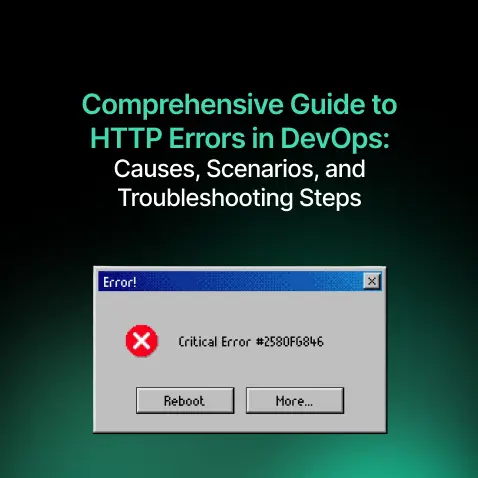
Comprehensive Guide to HTTP Errors in DevOps: Causes, Scenarios, and Troubleshooting Steps
- Blog
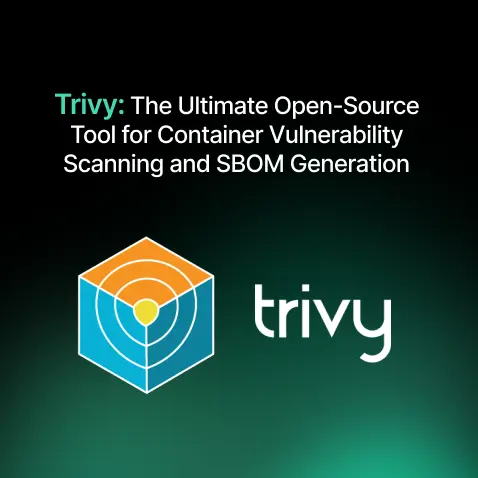
Trivy: The Ultimate Open-Source Tool for Container Vulnerability Scanning and SBOM Generation
- Blog
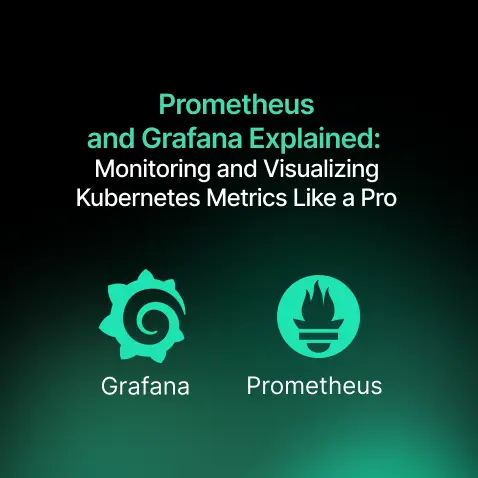
Prometheus and Grafana Explained: Monitoring and Visualizing Kubernetes Metrics Like a Pro
- Blog
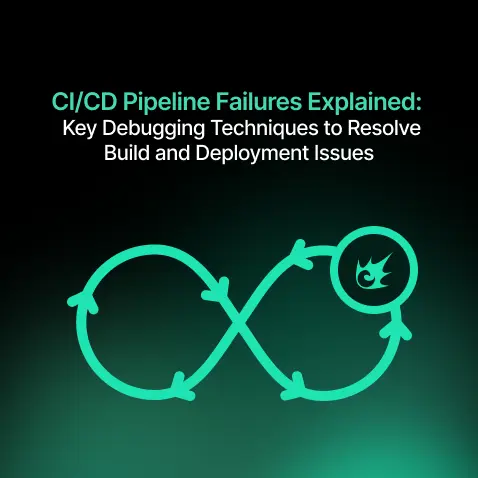
CI/CD Pipeline Failures Explained: Key Debugging Techniques to Resolve Build and Deployment Issues
- Blog
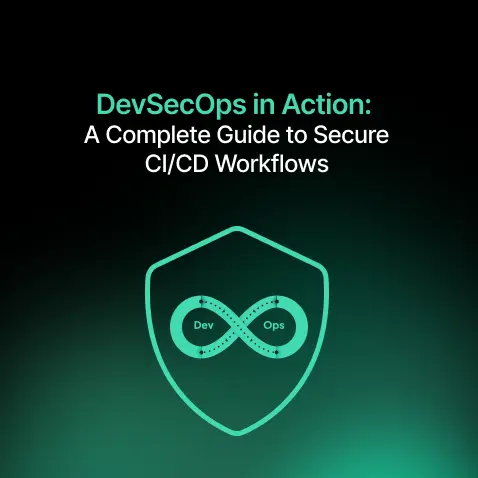
DevSecOps in Action: A Complete Guide to Secure CI/CD Workflows
- Blog

AWS WAF Explained: Protect Your APIs with Smart Rate Limiting
- Blog

